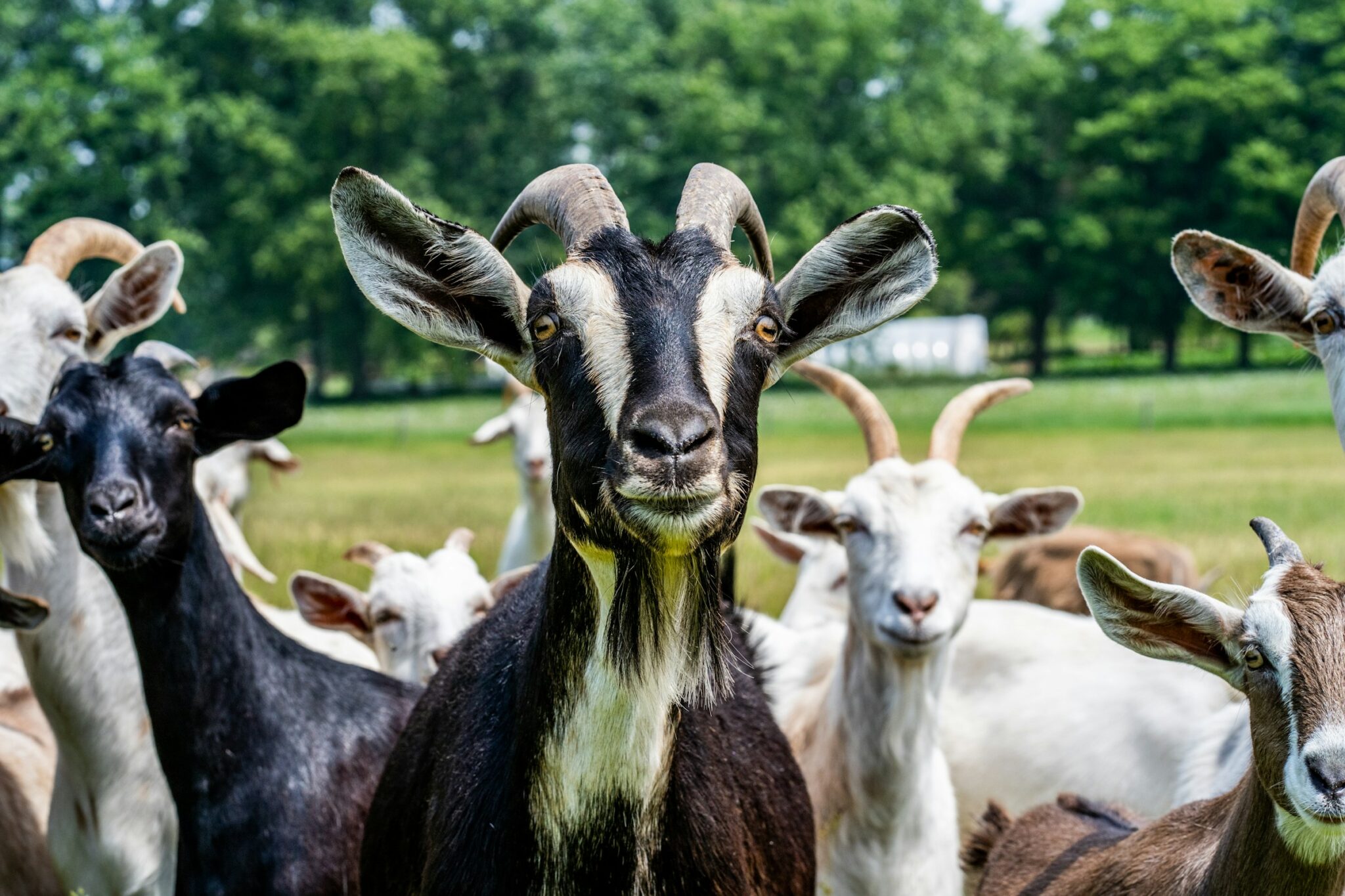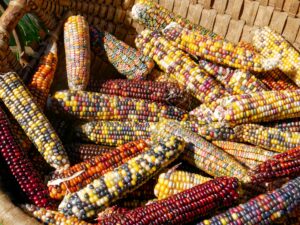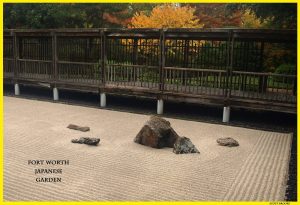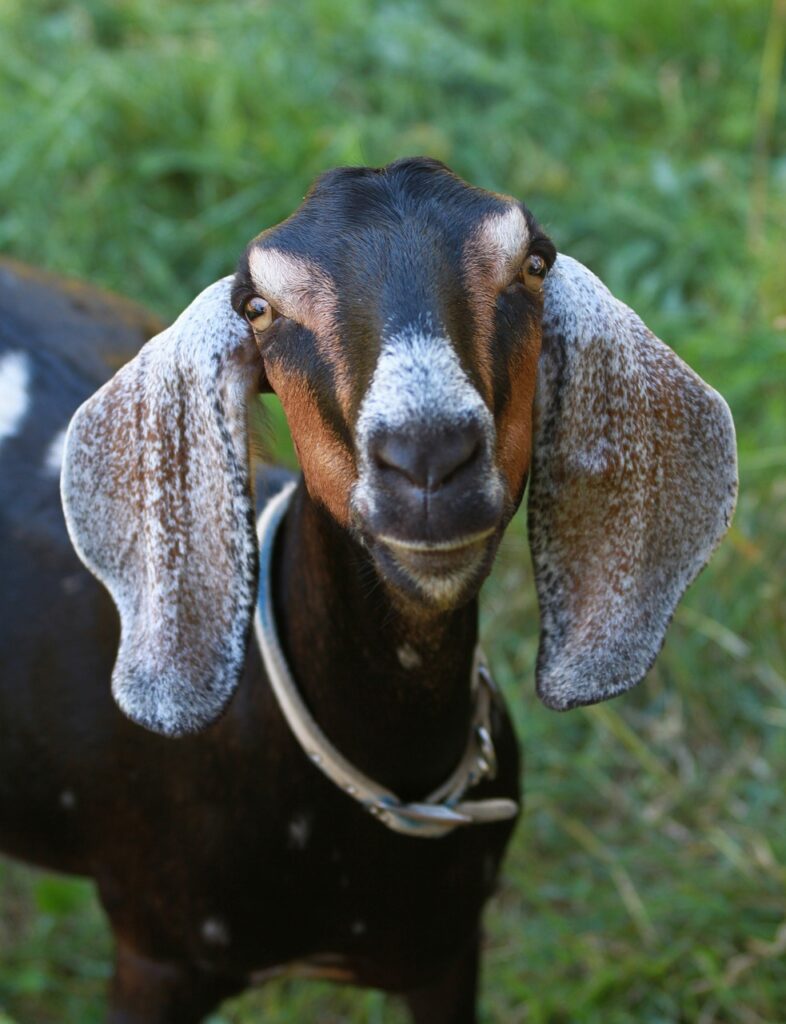
Guests arriving at the Native Texas Boardwalk in early April will find the Garden has employed some unusual temporary staff of the four-legged variety. Goats are coming to the Garden.
Why goats?
“Goats are nature’s weed wackers,” says Horticulturist Sebastian Alarcon. “They’re a great, natural solution for cleaning up an overgrown space.”
Invasive Overload
The Native Texas Boardwalk is a three-acre area located west of the Garden Center. A raised boardwalk meanders through the deeply wooded space.
“The area was designed as a living experiment, with native plants on one side of the Boardwalk and non-native invasive plants on the other side,” says Horticulturist Karen Shuback. “But invasive plants don’t care about our boundaries and spread very rapidly. The invasives simply outcompete the native plants.”
The Horticulture team realized that without immediate action, the native plants in the area were at risk of being completely overrun by plants such as privet shrubs (Ligustrum) and winter creeper vine (Euonymus fortunei).
Some native plants have also gotten out of control, says Alarcon. “Green briar (Smilax rotundifolia) is native, but it can grow very heavily and is hard to control because it has dense thorns along the vines,” he says. “And there’s a lot of poison ivy (Toxicodendron radicans) in the woods. That’s another native, but for obvious reasons we don’t want it all over the Boardwalk.”
Options for cleaning out the area were limited. The team didn’t want to rely on chemicals. Heavy duty equipment such as chainsaws and tractors are loud and disruptive to Garden guests–and the animals that call the Boardwalk home.
The Native Texas Boardwalk is a biodiversity hotspot within the Garden. Wildlife surveys found that 230 plants and animals make it their home. As well as expected animals such as squirrels, the team discovered armadillos, broad-headed skinks (a type of lizard), foxes and a mating pair of barred owls.
But staff were aware of the growing popularity of another option: goats.
100 Percent Natural Landscape Management
Goats are grazing animals who spend most of their days munching on plants. They have a reputation for eating anything, but in fact they generally stick to a diet of roughage–that is, highly fibrous plants including grasses and foliage. This means they will happily munch through underbrush, clearing away vines, shrubs, grasses and saplings.
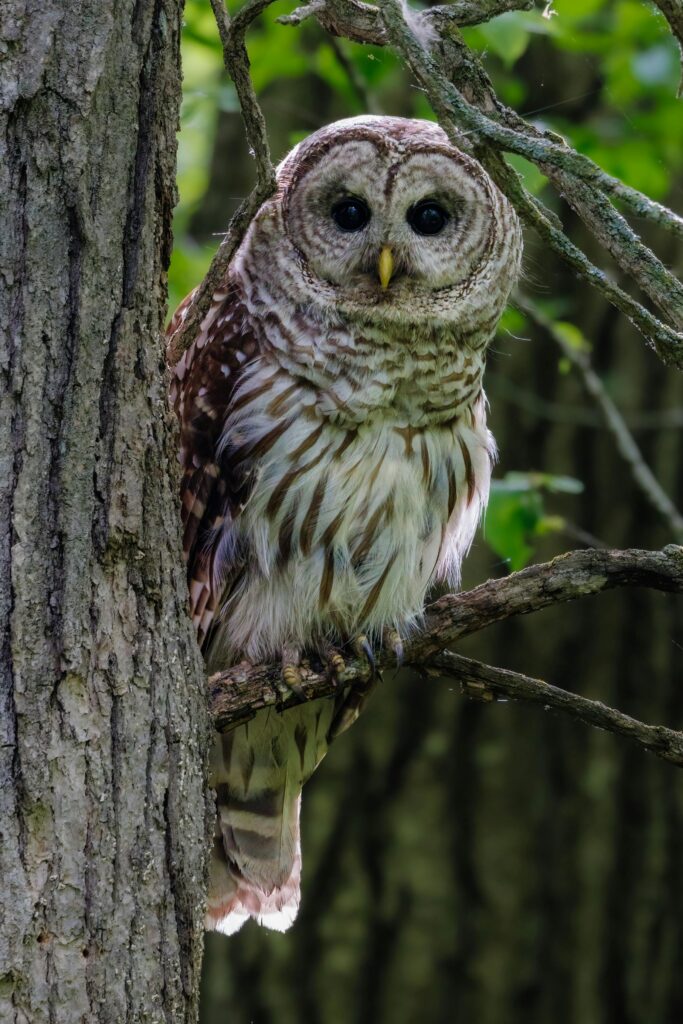
In fact, goats replicate the conditions that would have naturally prevailed in Texas woodlands centuries ago. “Grazing is something that happens in the wild. In rural parts of the state, deer and other animals keep woodland areas from becoming overgrown. Historically, bison would also have grazed the edges of wooded areas,” says Shuback.
Goats also aerate the soil with their feet and fertilize the soil with their droppings. They are quieter and much less disruptive than heavy equipment. Plus, they’re cute. It didn’t take a lot of research for the team to decide goats were the solution for the Boardwalk.
Cleaning Up with Goats (Plus a Few Sheep)
The Garden contracted with local firm GoatScaping LLC, and 200 animals–mostly goats accompanied by some sheep friends–will be on the campus April 5 through 15. Sheep are useful companions for goats because they prefer softer grasses and plants than goats, who like a woodier diet. The two combined can manage almost any landscaping clear-out project.
The Garden’s visiting herd will be on-site during the April 8 eclipse. Research staff plan to monitor the animals for their reaction to the sudden darkness and record their observations for other biologists.
The herd will be accompanied by a goatherd, who will ensure the animals don’t escape their fenced-in area. (Goats may be a great option for maintaining the Boardwalk, but they would definitely not be a good fit for the Rose Garden.) The goatherd will also lead the goats to different grazing areas and can adjust the number of animals allowed in each area to control how much they eat.
“We learned that if you need more aggressive plant removal somewhere, you can put more goats in that area,” says Alarcon. “Obviously more goats can eat more plants, but also they tend to eat even plants that they wouldn’t usually prefer. If they see another goat eating a plant, they’re going to want to eat it, too,”
He added, “Goats have pretty big food FOMO.” (That is, fear of missing out.)
Researching the Results
Since the Garden is both a living museum and a research organization, the team plans to monitor the impact of the goats on the Boardwalk. The team is especially interested in the potential of goat-grazing as a long-term management practice at the Garden and the ratio between native and non-native plants in the garden the coming months.
It may not seem obvious why grazing animals help native plant populations, since the goats don’t know the difference between a native shrub and an invasive and will devour both. Shuback says it’s a matter of giving the native plants a shot at success. “When the goats clear away everything, they open up the space and allow native plants to thrive,” says Shuback. “There’s a seed bank under all of that overgrowth just waiting for an opportunity to grow.”
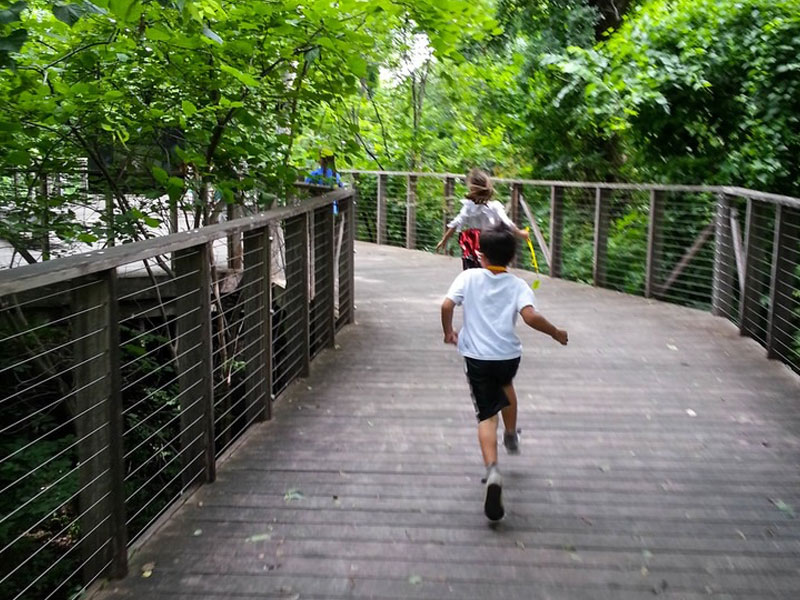
“Basically it levels the playing field so the natives can have more of a presence,” says Alarcon.
Goat herds are growing in popularity among both public and private land managers. Airports, parks, nature reserves, ranchers and farmers have all employed goat herds. “Texas Parks and Wildlife used goats on a large grassland,” says Alarcon. “The Fort Worth Nature Center has used them, and so has the Houston Arboretum & Nature Center.”
“Using goats is part of a broader trend of both scientists and land managers recognizing the importance of natural processes,” says Shuback. “It’s similar to the increase of controlled burns to manage prairies. Grazing animals and wildfires were part of the cycle that kept these landscapes in balance.”
Plus, they’re really cute.
Goats in the Garden was made possible through funding from Anita Berry Martin Memorial Fund at North Texas Community Foundation.

